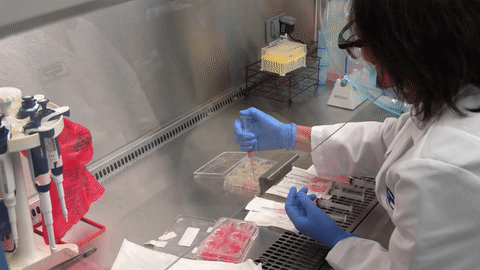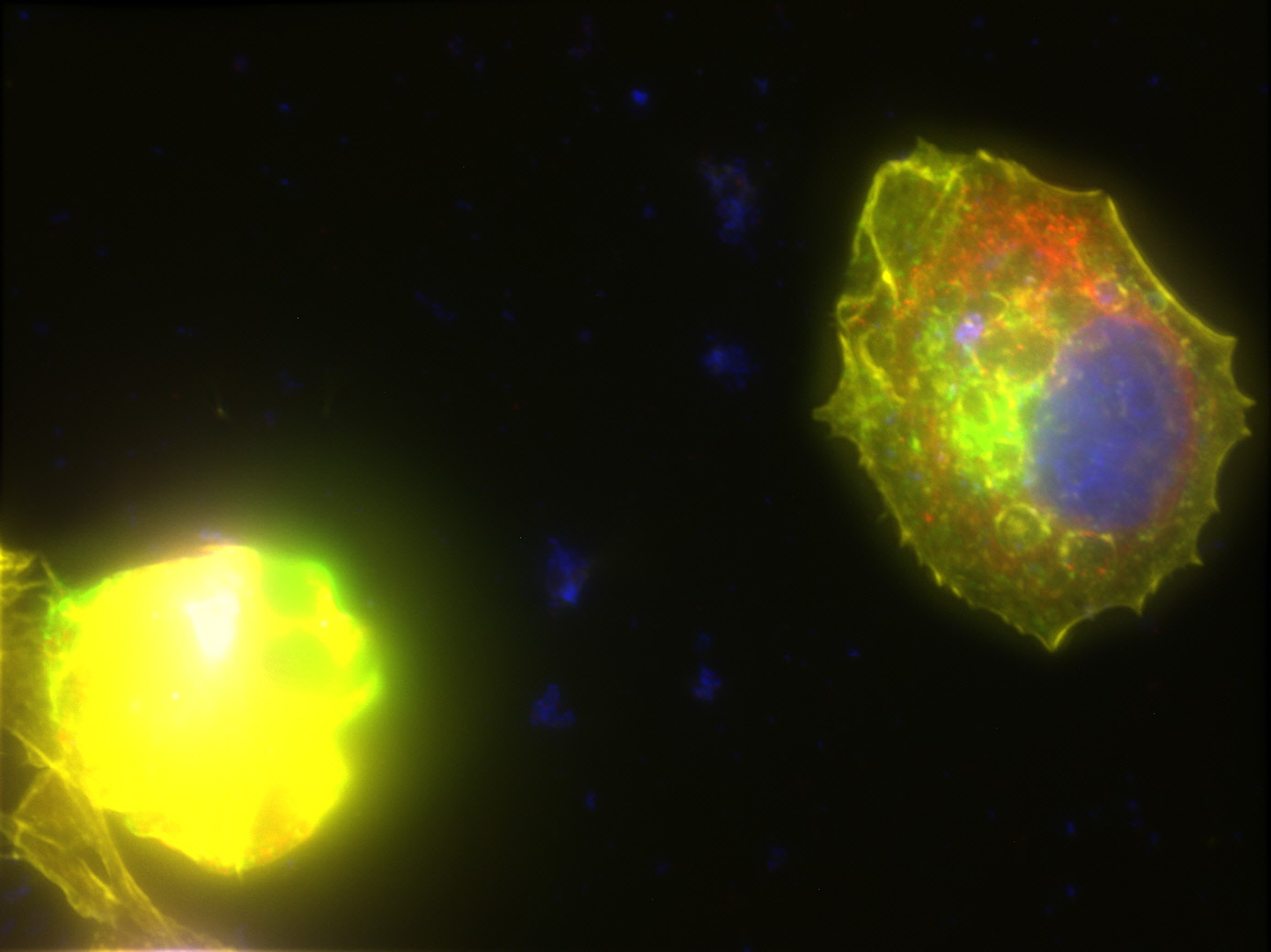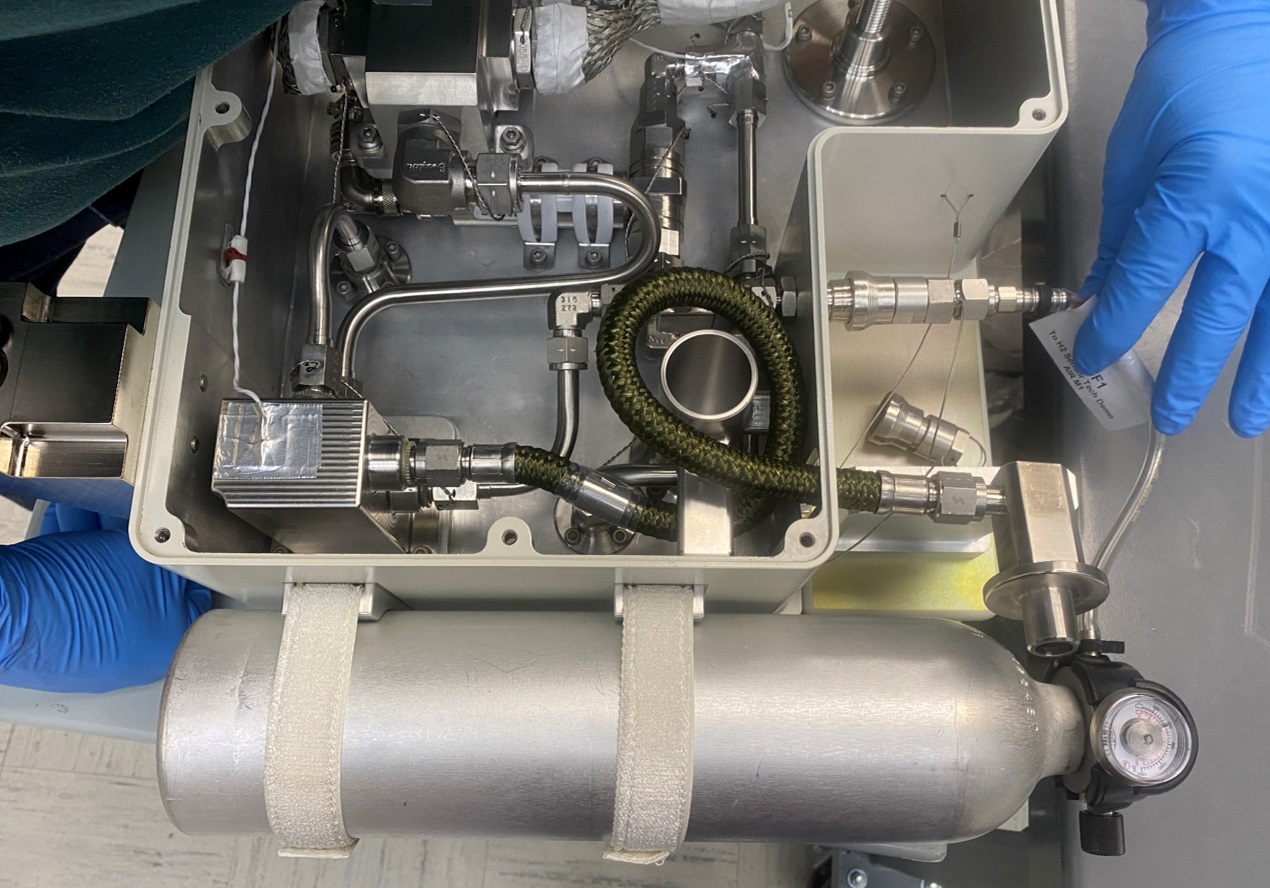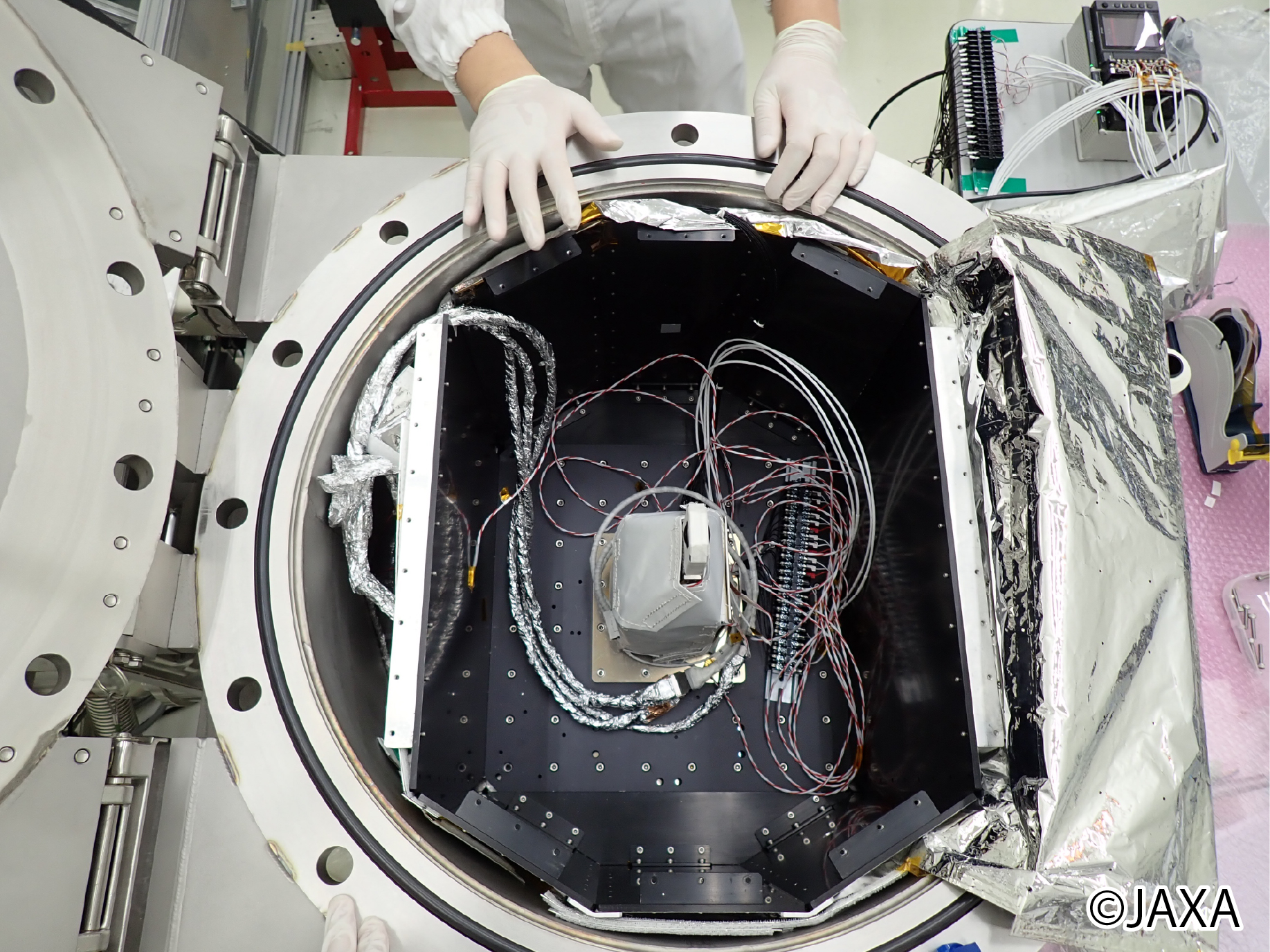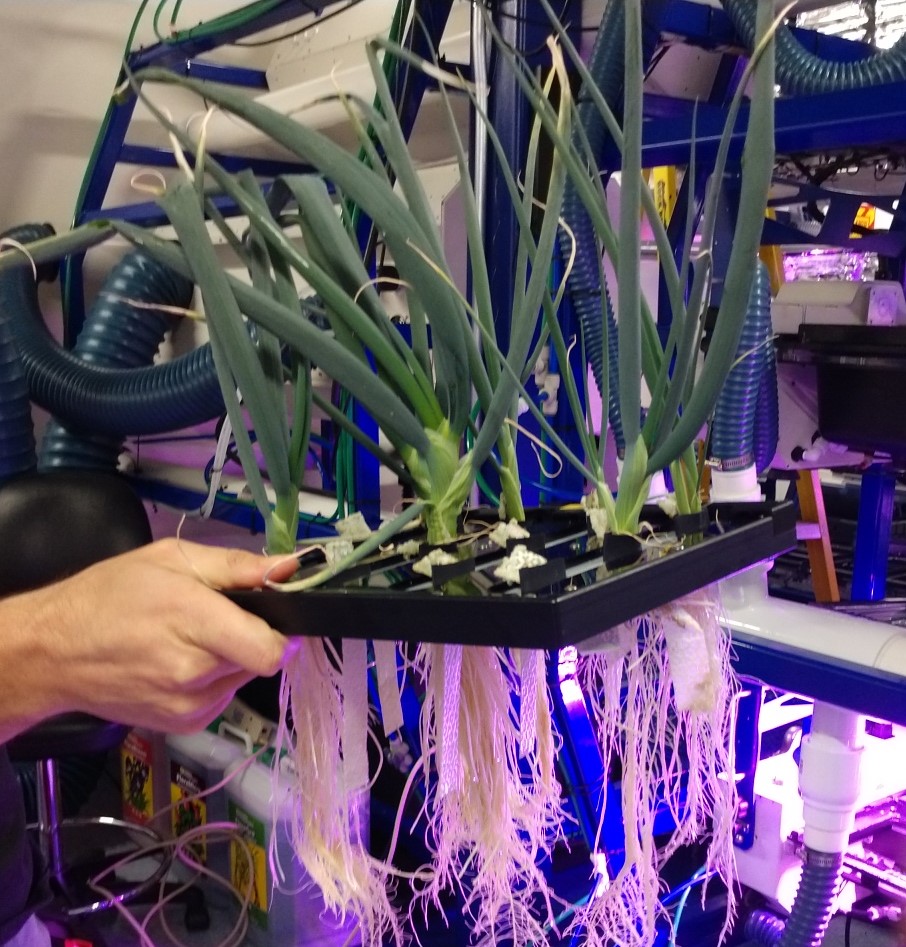[Lea la versión en español de este artículo]
Scientific investigations on skin aging and tumor cells, along with tests of technology for oxygen production, batteries, and growing plants, all travel on the 17th Northrop Grumman commercial resupply services mission to the International Space Station. The Cygnus spacecraft is scheduled for liftoff no earlier than Saturday, Feb. 19, from NASA’s Wallops Flight Facility on Wallops Island, Virginia.
Here are details on some of the scientific investigations traveling to the space station on this mission:
Protecting our skin
Deterioration of skin tissue, a normal part of aging, occurs over decades. Microgravity leads to changes in the body that are similar to aging but happen much more quickly in space where it can be more easily studied than on Earth. The ISS U.S. National Lab’s Colgate Skin Aging experiment evaluates cellular and molecular changes in engineered human skin cells in microgravity. Aging-related skin changes are not simply cosmetic. As the body’s largest organ, skin performs multiple functions, including protection from infection, regulation of body temperature, and sensory input. Loss of functional or structural stability in skin therefore can be a potential source of other health problems. Results from this experiment could show that these engineered cells may serve as a model to rapidly assess products aimed at protecting skin from the aging process back on Earth.
Testing tumor drugs
The ISS National Lab’s MicroQuin 3D Tumor examines the effects of a drug on breast and prostate cancer cells in space. In microgravity, these cells can grow in a more natural three-dimensional model, which makes it easier to characterize their structure, gene expression, cell signaling, and response to the drug. Results could provide new insight into the cell protein targeted by the drug and help advance development of other drugs that target cancerous cells.
“Our 3D tumor modelling investigation on the space station provides a phenomenal opportunity to study cancer more naturally, allowing us to better assess drug penetration, tumor response, cell-to-cell signaling, disease progression, and even how drug resistance can emerge,” says Scott Robinson, MicroQuin principal investigator. “Cancerous cells ignore signals to stop growing, stop dividing, or even to die. In microgravity, these signals change considerably and can either benefit or hinder cancer growth. Knowing what signaling pathways are affected and how, allows us to focus research efforts on defining new therapeutic interventions that are more effective, less toxic, and have better patient outcomes.”
Improving hydrogen sensors
The OGA H2 Sensor Demo tests new sensors for the space station’s oxygen generation system (OGS). The OGS produces breathable oxygen via electrolysis, or separation of water into hydrogen and oxygen. The hydrogen is either vented overboard or sent to a post-processing system where it is recombined with waste carbon dioxide to form water. Current sensors ensure that none of the hydrogen enters the oxygen stream into the cabin, but are sensitive to moisture, nitrogen, drift in calibration, and other issues that can cause problems. They must therefore be swapped out after every 201 days of use.
This technology could provide more durable sensors for situations where replacement is not practical every 201 days, reducing the number of spares needed on longer space missions such as to the Moon or Mars. Improved technology for monitoring oxygen generation systems also has potential applications in contained environments on Earth, such as underwater facilities and those in remote and dangerous locations.
Better batteries
An investigation from the Japan Aerospace Exploration Agency (JAXA), Space As-Lib demonstrates operation of a lithium-ion secondary battery capable of safe, stable operation under extreme temperatures and in a vacuum environment. The battery uses solid, inorganic, and flame-retardant materials and does not leak liquid, making it safer and more reliable. Results could demonstrate the battery’s performance for a variety of potential uses in space and other planetary environments. Solid-state batteries also have potential applications in harsh environments and in the automotive and aerospace industries on the Earth.
Plants in space
Current systems for growing plants in space use soil or a growth medium. These systems are small and do not scale well in a space environment due to mass and containment, maintenance, and sanitation issues. XROOTS tests using hydroponic (water-based) and aeroponic (air-based) techniques instead, which could reduce overall system mass. The investigation takes video and still images of root zone and crops for evaluation of the plant life cycle from seed germination through maturity in multiple independent growth chambers.
“The investigation incorporates unique Root Modules designed to provide delivery and recovery of nutrient solution to the plants so they can be grown without the additional mass of any soil media,” explains principal investigator John Wetzel of Sierra Nevada Corporation. “This approach is much more mass efficient for future large-scale plant growth systems in space.”
Results could provide insight into the development of larger scale systems to grow food crops for future space exploration and habitats. Components of the system developed for this investigation also could enhance cultivation of plants in terrestrial settings such as greenhouses and contribute to better food security for people on Earth.
Improving fire safety
The Solid Fuel Ignition and Extinction (SoFIE) facility enables studies of flammability of materials and ignition of fires in realistic atmospheric conditions. It uses the Combustion Integrated Rack (CIR), which enables testing at different oxygen concentrations and pressures representative of current and planned space exploration missions. Gravity influences flames on Earth; but in microgravity aboard the space station, fire acts differently and can behave in unexpected ways. Some evidence suggests that fires may be more hazardous in reduced gravity, a safety concern for future space missions.
Results may improve understanding of how fires start and grow in reduced gravity, helping to validate methods for testing and models for predicting the flammability of spaceflight materials and models. This insight could help ensure crew safety by improving design of extravehicular activity suits, informing selection of safer cabin materials, and helping to determine the best techniques for suppressing fires in space. Project data also could provide better understanding of fire safety and improve methods for testing material for homes, offices, aircraft, and other uses on Earth.
For daily updates, follow @ISS_Research, Space Station Research and Technology News, or our Facebook. For opportunities to see the space station pass over your town, check out Spot the Station.
Melissa Gaskill
International Space Station Program Research Office
Johnson Space Center





























